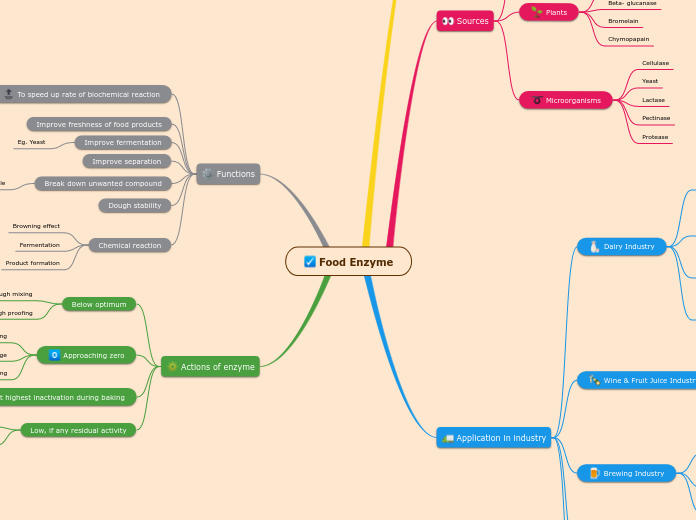arabera True Jarrel [STUDENT] 5 years ago
1327
Metabolism
Cellular respiration is a multi-step process involving glycolysis, the Krebs cycle, and the electron transport chain, each contributing to the production of ATP. Glycolysis, occurring in the cytosol, converts glucose into pyruvate, generating NADH and a net gain of 2 ATP.









